
Romania and NATO Allies have been informed of the US decision to reduce the presence of its troops in Europe.

Low-income individuals and families in Romania will also benefit from heating aid and energy supplements this cold season.
Young weightlifters from Romania are recording exceptional results at the European Championships in Albania.
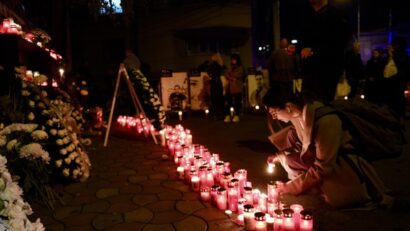
On October 30th Romania commemorated 10 years since the tragedy of the Colectiv nightclub, an event, which profoundly marked the entire society

The number of French soldiers in Romania has been increased, said the Minister of the Armed Forces in Paris, Catherine Vautrin, who is on a visit to Romania.

This weekend will see a top football match pitching two top sides of Romania’s first football league. On Sunday, in Craiova southern Romania, local side Universitatea will be up against Rapid Bucharest

Some of the American troops are leaving Romania.
Currency Converter RON/EUR: Mon, 3 Nov.
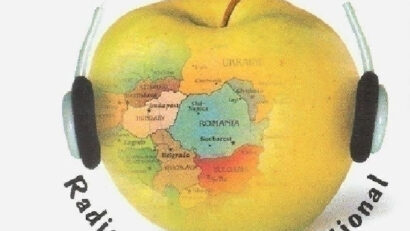
A special broadcast marking Radio Day

Maharaja Media Connects Sri Lankans in Romania: A New Bridge Between Home and Heart

The second edition of a hybrid training and networking project dedicated to supporting Ukrainian artists

Croatia’s Marija Hanževački is the new EESC Vice-President for Communication.

Ireland’s Séamus Boland has been elected President of the European Economic and Social Committee.

The Symposium on Francophone Scientific Research in Central and Eastern Europe is a multidisciplinary symposium that aims to promote scientific research in French in the Central and Eastern European region.

Our updated list of frequencies for the winter season

Romanian researchers from the ‘Ștefan cel Mare’ University of Suceava have developed a robot, ARGUS, capable of patrolling physical spaces and simultaneously identifying cyber threats and network intrusions.
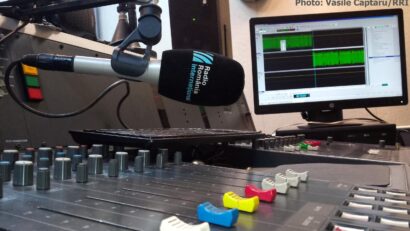
Everything you need to know about Romania in less than 60 minutes.

Everything you need to know about Romania in less than 60 minutes.

Everything you need to know about Romania in less than 60 minutes

An actress with an impressive career in cinema, but also on stage.

Behind this success is a dedicated team
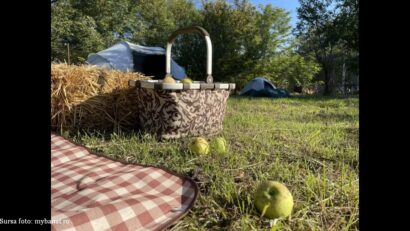
In a world of urban hustle and bustle, the villages of Banat area offer an oasis of peace and authenticity, a return to the roots and to a rhythm of life amidst nature and traditions.

Romania was the only predominantly Orthodox country in the world that did not have a National Cathedral

Radio Romania International celebrates Radio Day in Romania, on November 1, with a new podcast platform.
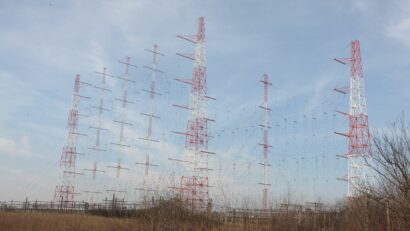
RRI broadcast frequencies valid as of October 26, 2025 to March 28, 2026:

We invite you to be part of “Listeners’ Day” on Radio Romania International on November 2
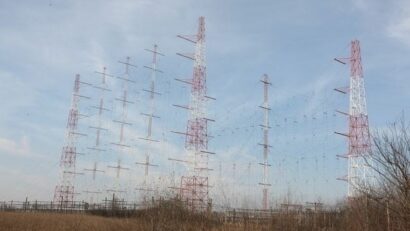
RRI broadcast frequencies valid as of March 30 to October 25, 2025:

A malfunction has been recorded at one of the transmitters in Tiganesti, and we will temporarily be broadcasting on different frequencies.

RRI broadcast frequencies valid as of March 30 to October 25, 2025:
